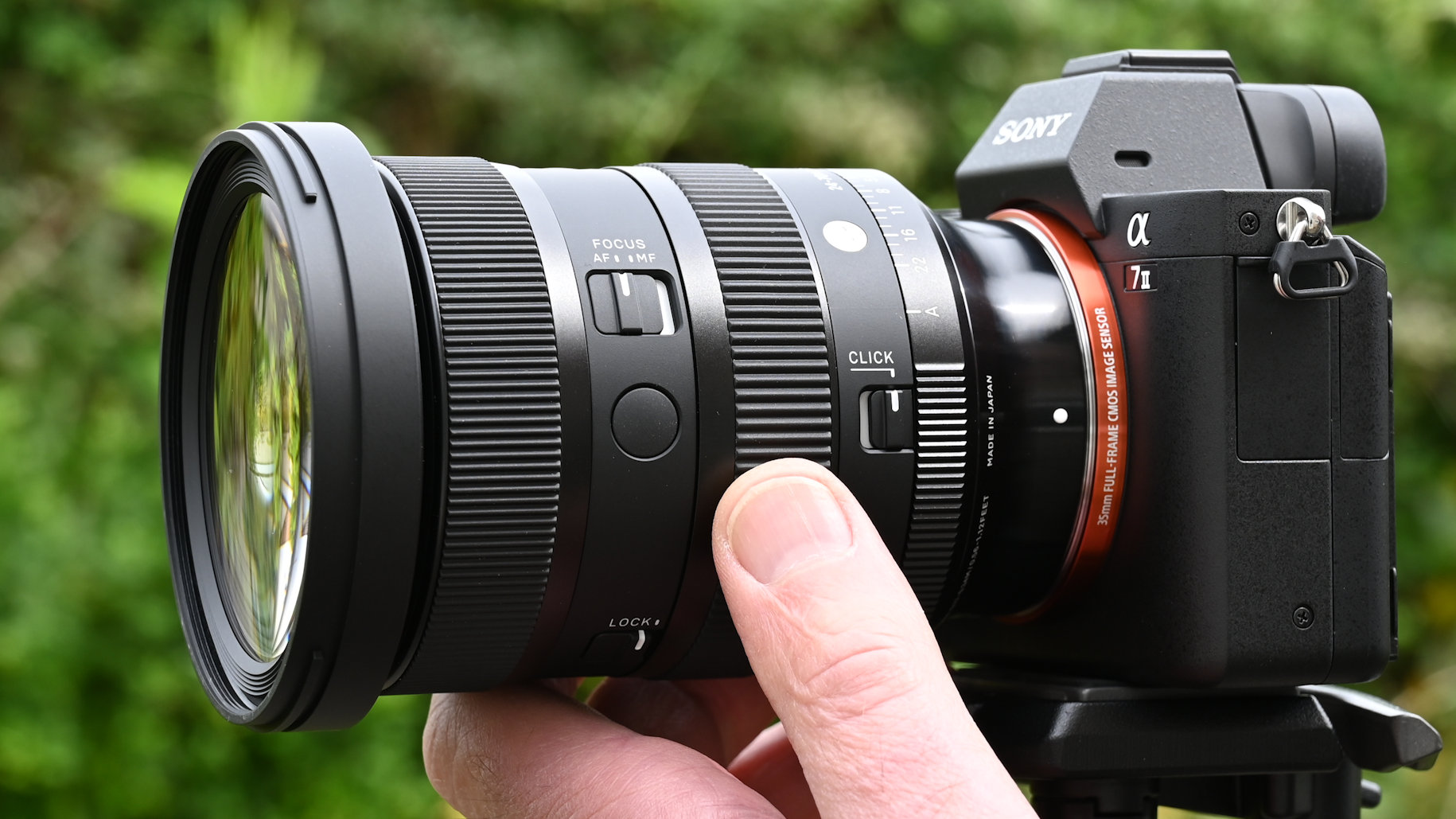
I have quite a history with Sigma 24-70mm ‘trinity’ zooms. I owned the Sigma 24-70mm F2.8 DG OS HSM for Canon and Nikon DSLRs and it was my go-to lens for several years before I went mirrorless. And speaking of mirrorless, I’m also a fan of the subsequent Sigma 24-70mm F2.8 AF DG DN Art for Sony E and Leica L mount cameras.
The new Mark II edition that I’m reviewing here really pushes the boat out, with a raft of upgrades and improvements, while still only costing about half as much as ‘own-brand’ lenses like the Sony FE 24-70mm F2.8 G Master II and Panasonic LUMIX S PRO 24-70mm F2.8, and little more than a third of the price of the Leica 24-70mm Vario-Elmarit-SL F2.8 ASPH.
As such, the Sigma aims to be one of the best standard zoom lenses on the market, as well as one of the best lenses for Sony and the best lenses for L-mount cameras.
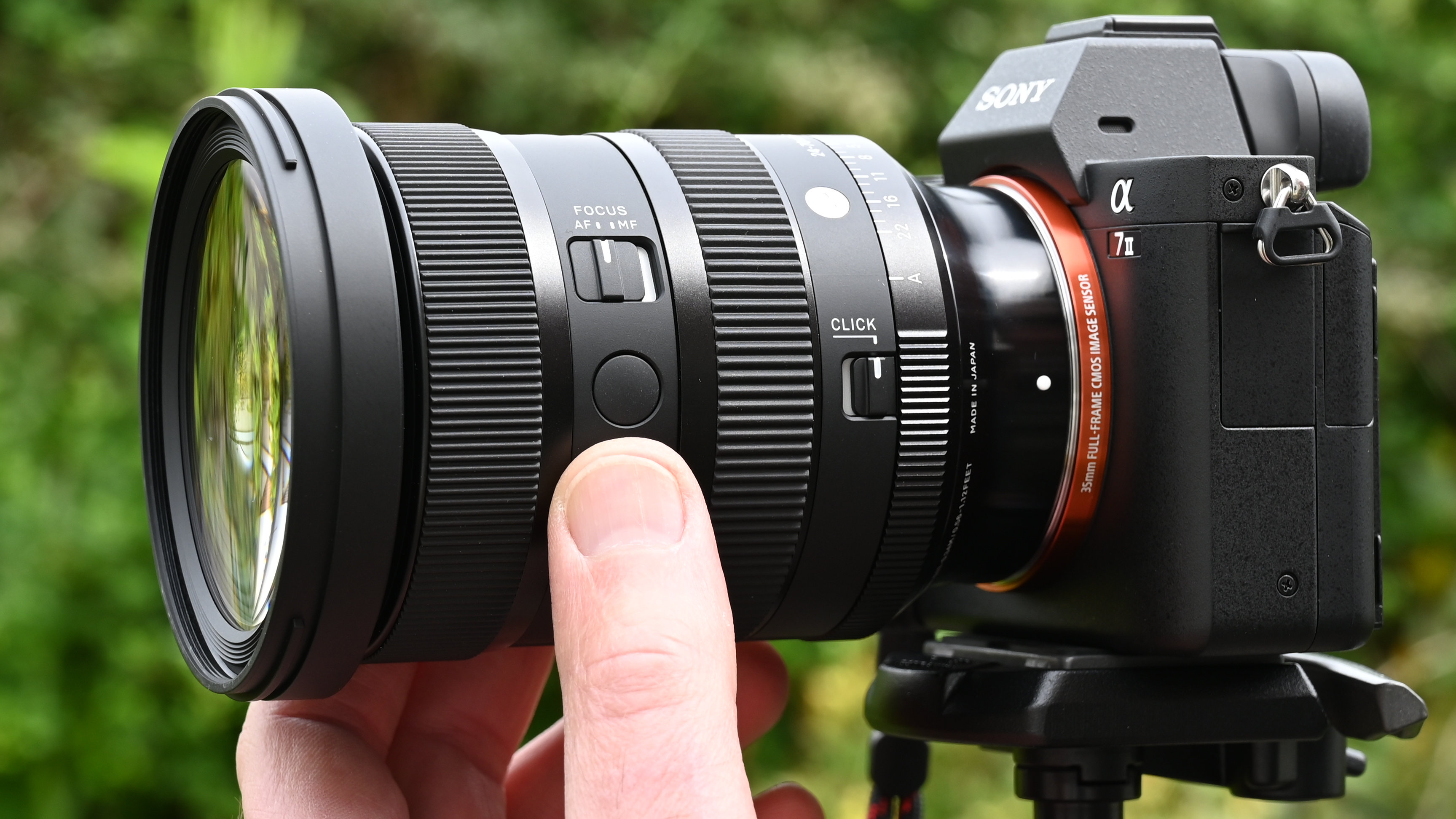
Sigma 24-70mm F2.8 DG DN II Art: Specifications
Sigma 24-70mm F2.8 DG DN II Art: Price
At launch in May 2024, the Sigma 24-70mm F2.8 DG DN II Art carried a price tag of $1,199/£1,179. That’s only about $100/£100 more than the original version, although the latter was significantly discounted in the USA at the time of writing this review.
The Mark II is also only about the same price as the older (and rather more basic) Sigma 24-70mm F2.8 DG OS HSM for Canon and Nikon DSLRs. I’d expect an ‘independent’ lens to be less expensive than comparative ‘own-brand’ lenses and, sure enough, the Sony FE 24-70mm F2.8 G Master II lists at $2,298/£2,099, the Panasonic LUMIX S PRO 24-70mm F2.8 costs $1,998/£2,249 and it’s no surprise that the Leica 24-70mm Vario-Elmarit-SL F2.8 ASPH is much more expensive at $2,895/£2,390.
Considering how much Sigma has packed into the Mark II Art lens, it looks like a real bargain.
Sigma 24-70mm F2.8 DG DN II Art: Design & Handling
Handling and autofocus performance aside, I always feel that optical quality is the main event for any great lens. The Sigma 24-70mm F2.8 DG DN II Art packs 19 optical elements, of which five are slimline, highly polarized aspherical elements, designed to enhance image quality while lightening the build. At 735g for the E mount edition and 745g for the L mount version, it’s more lightweight than the 835g original lens. The older DSLR is significantly heavier, weighing in at 1,020g.
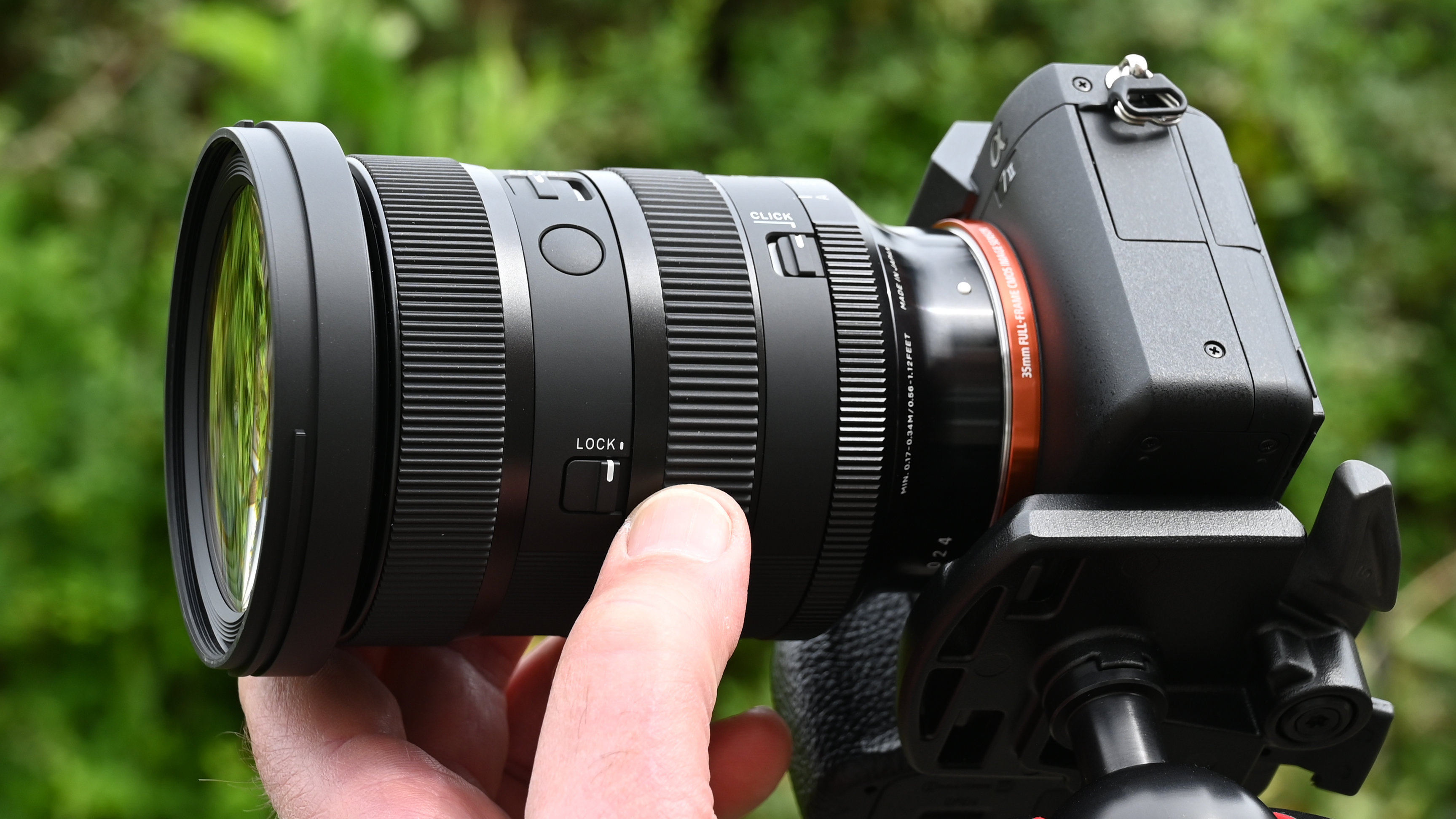
As well as the five aspherical elements, the optical path also features no less than six top-grade FLD (‘Fluorite’ Low Dispersion) elements and two SLD (Special Low Dispersion) elements, aiming to minimize chromatic aberrations and enhance clarity. The lens is designed to improve edge-to-edge sharpness, compared with the original, as well as reducing sagittal coma flare, so pinpricks of light don’t take on irregular shapes.
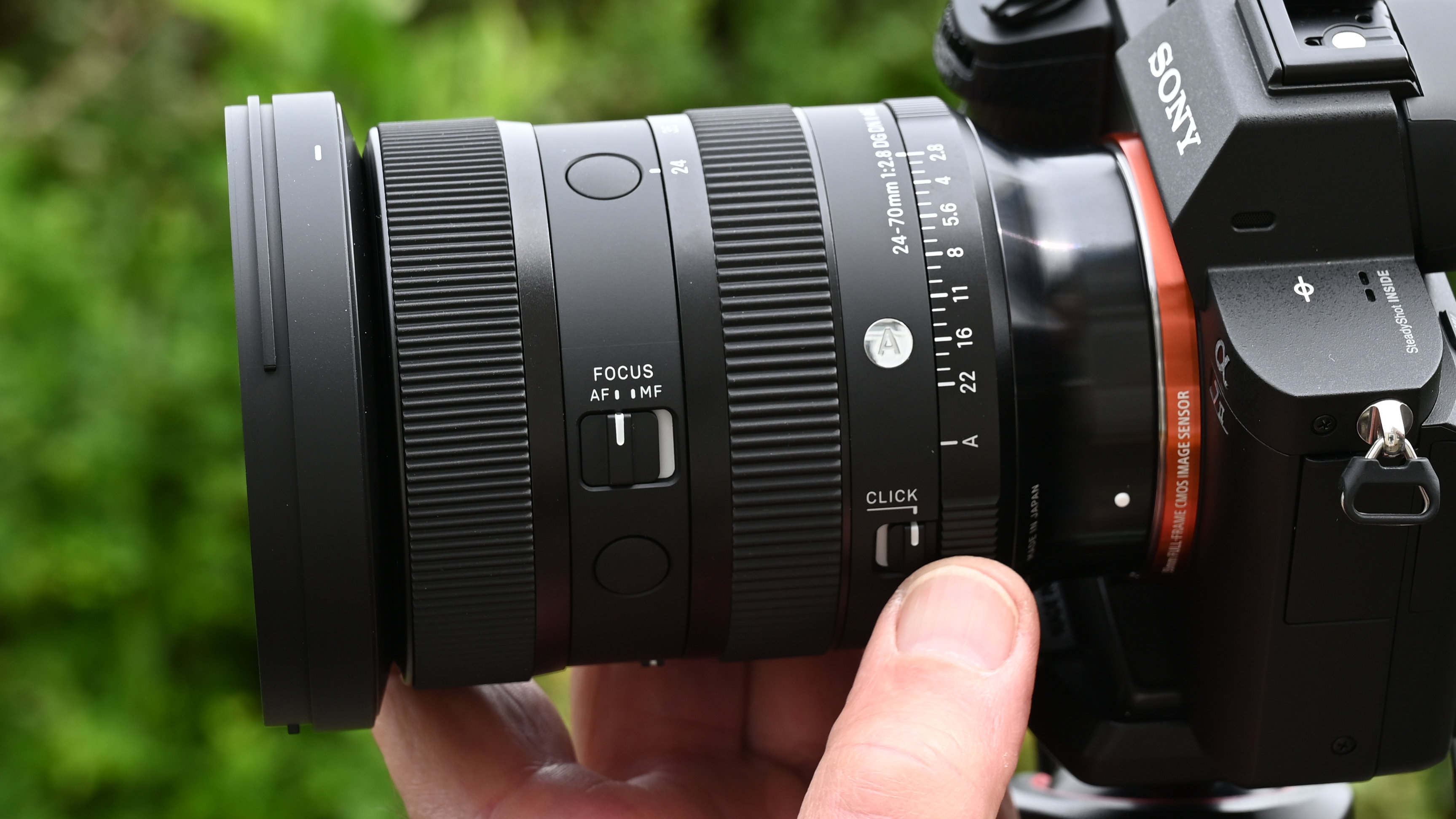
The 11-blade aperture diaphragm matches that of the original lens, maintaining well-rounded bokeh disks when stopping down a little. To combat ghosting and flare, both Nano Porous Coating and Super Multi-layer Coatings are applied. There’s also a moisture/grease-repellent coating on the front element. The lens also features extensive weather seals including a rubber gasket on the coated brass mounting plate.
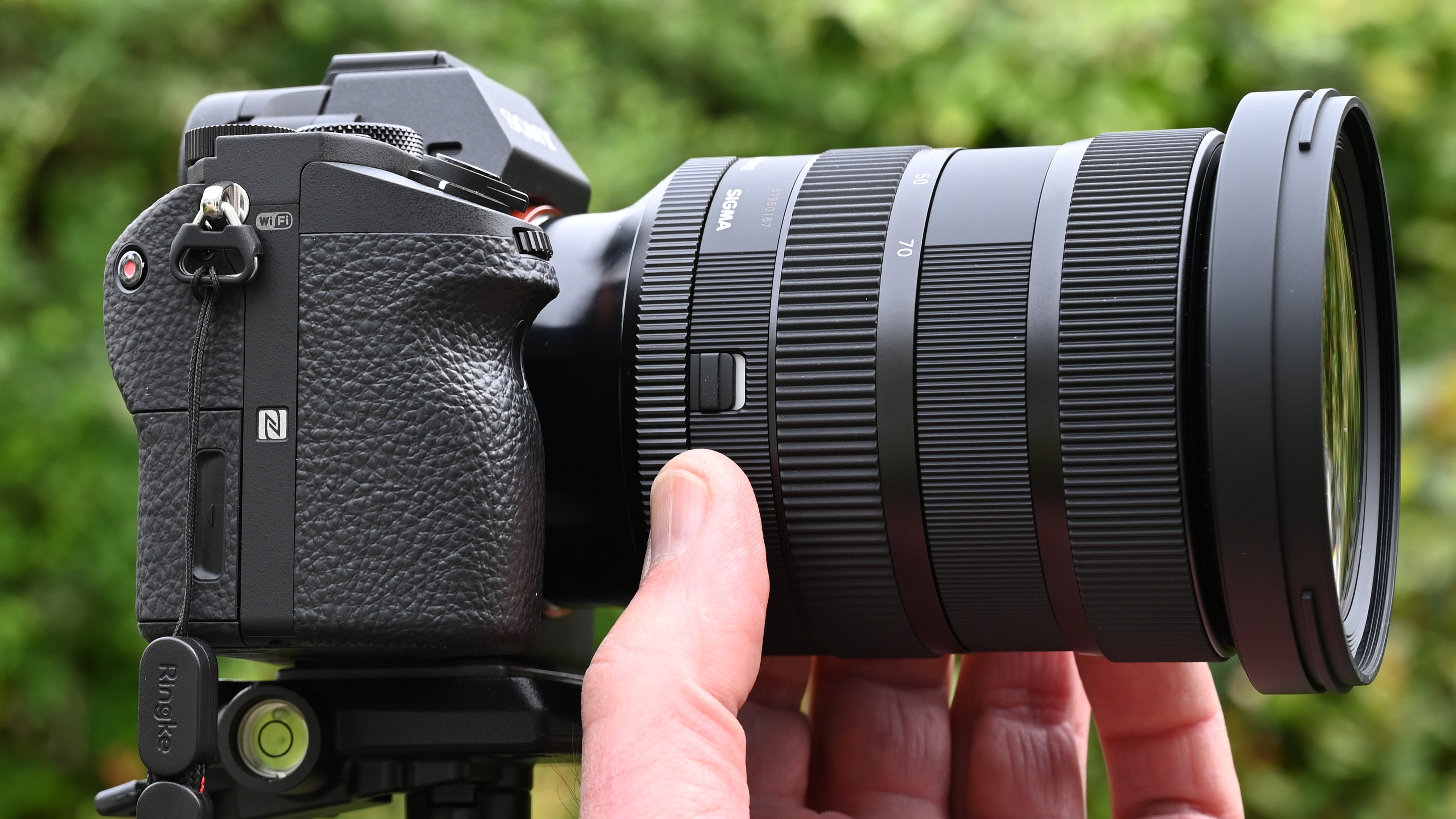
I really like the handling characteristics of the Mark II lens. Additions over the original include an aperture control ring which comes complete with a click/de-click switch and a locking switch to avoid accidental operation. The de-click option is great for shooting video, and the lens has also been designed to minimize focus breathing. That’s another box ticked for shooting video.
Whereas the original lens had an AF-L function button, the Mark II has two, more ideal for portrait as well as landscape orientation shooting. Both buttons work independently rather than being wired in parallel, and can be assigned to separate alternative functions in camera menus, where available.
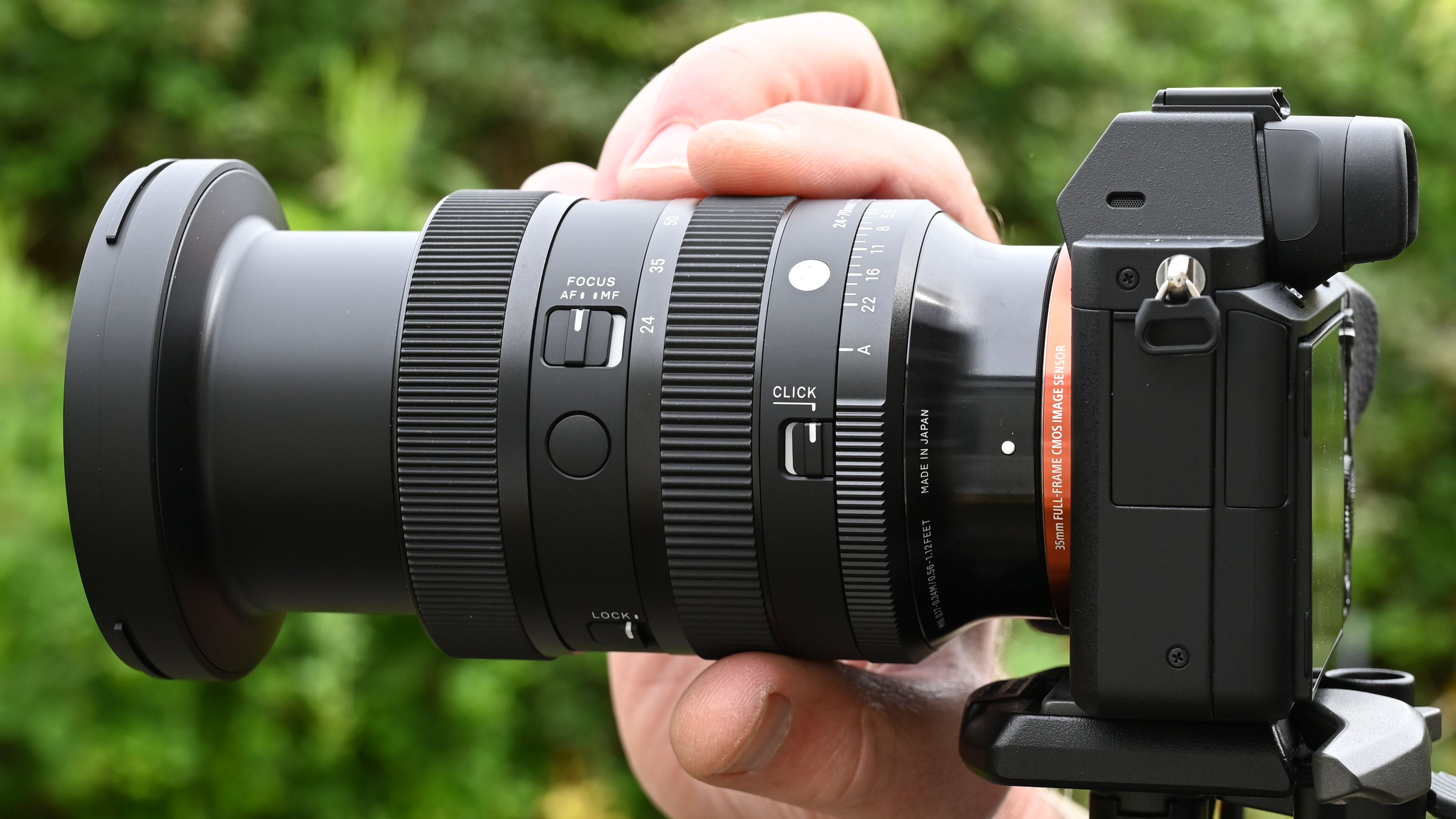
As with most standard zoom lenses, this one has an extending inner barrel, so the overall physical length grows as you zoom from 24mm to 70mm. I didn’t experience any zoom creep when testing the lens, but it comes with a zoom lock switch nonetheless. Typical of up-market Sigma lenses, it’s supplied with a high-quality padded soft case, and the bayonet-fit, petal-shaped hood features a locking button.
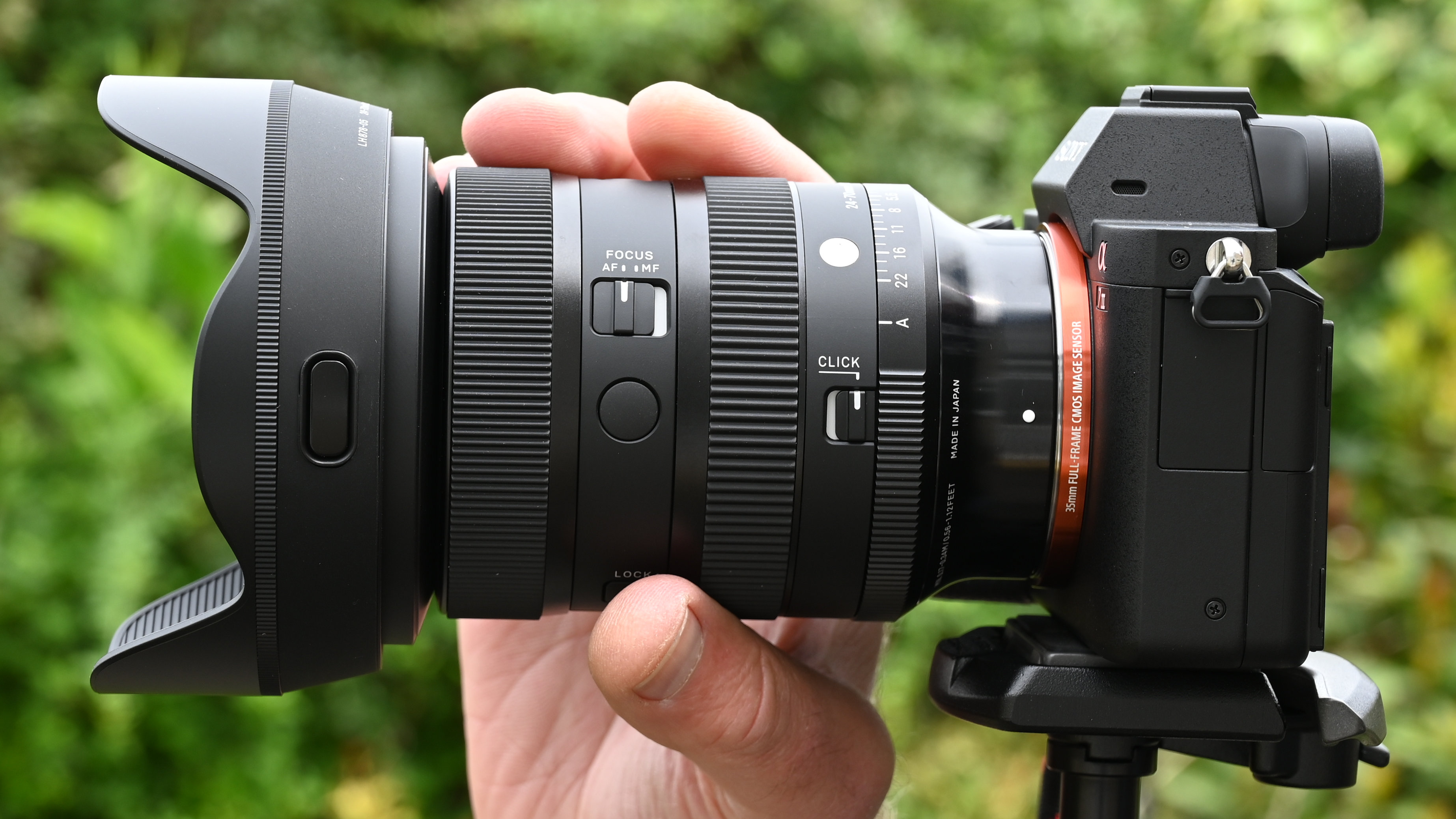
Sigma 24-70mm F2.8 DG DN II Art: Performance
To avoid missing any definitive moments and to effectively keep pace when tracking moving subjects, the lens features an HLA (High-response Linear Actuator) autofocus system. It’s claimed to be three times faster than in the original lens and I certainly found it to be very snappy for stills while giving smooth and virtually silent autofocus transitions when shooting video.

The Mark II has been redesigned to give greater sharpness across the entire image frame. Our lab tests revealed a noticeable drop-off in sharpness towards the extreme edges and corners in the original lens, but I found the Mark II performed extremely well in this respect. Naturally, it’s not all about sharpness and the quality of bokeh is lovely and smooth, with a natural roll-off between focused and defocused areas. As I’d hoped, the 11-blade aperture diaphragm helps to retain the quality of bokeh when stopping down a little, with nicely rounded bokeh disks.

Unlike the DSLR version of the 24-70mm lens, neither of the ‘DN’ editions for mirrorless cameras feature optical image stabilization. However, that’s generally not a problem, given the prevalence of in-body image stabilization in most current and recent mirrorless cameras. I found that IBIS in my Sony A7 II camera was highly effective when using this Sigma lens. Even so, I’d miss optical stabilization if I were using a first-generation Sony A7 that didn’t feature IBIS.
At most combinations of focal lengths and aperture settings, color fringing is very minimal, again edging ahead of the performance of the original lens. There’s the usual swing of short-end barrel to long-end pincushion when it comes to distortion but, as with color fringing, automatic in-camera correction can put this straight, and there’s certainly not the reliance on auto-correction that I’ve seen in many recent lenses designed for mirrorless cameras. All in all, the Sigma is an excellent performer.
Sigma 24-70mm F2.8 DG DN II Art: Sample Images
The following gallery of example images was mostly shot in the Bishop’s Palace & Gardens, situated in the Somerset city of Wells in the UK. I used a Sony A7 II camera body for real-world testing, whereas we used a Sony A7R III for running our lab tests.







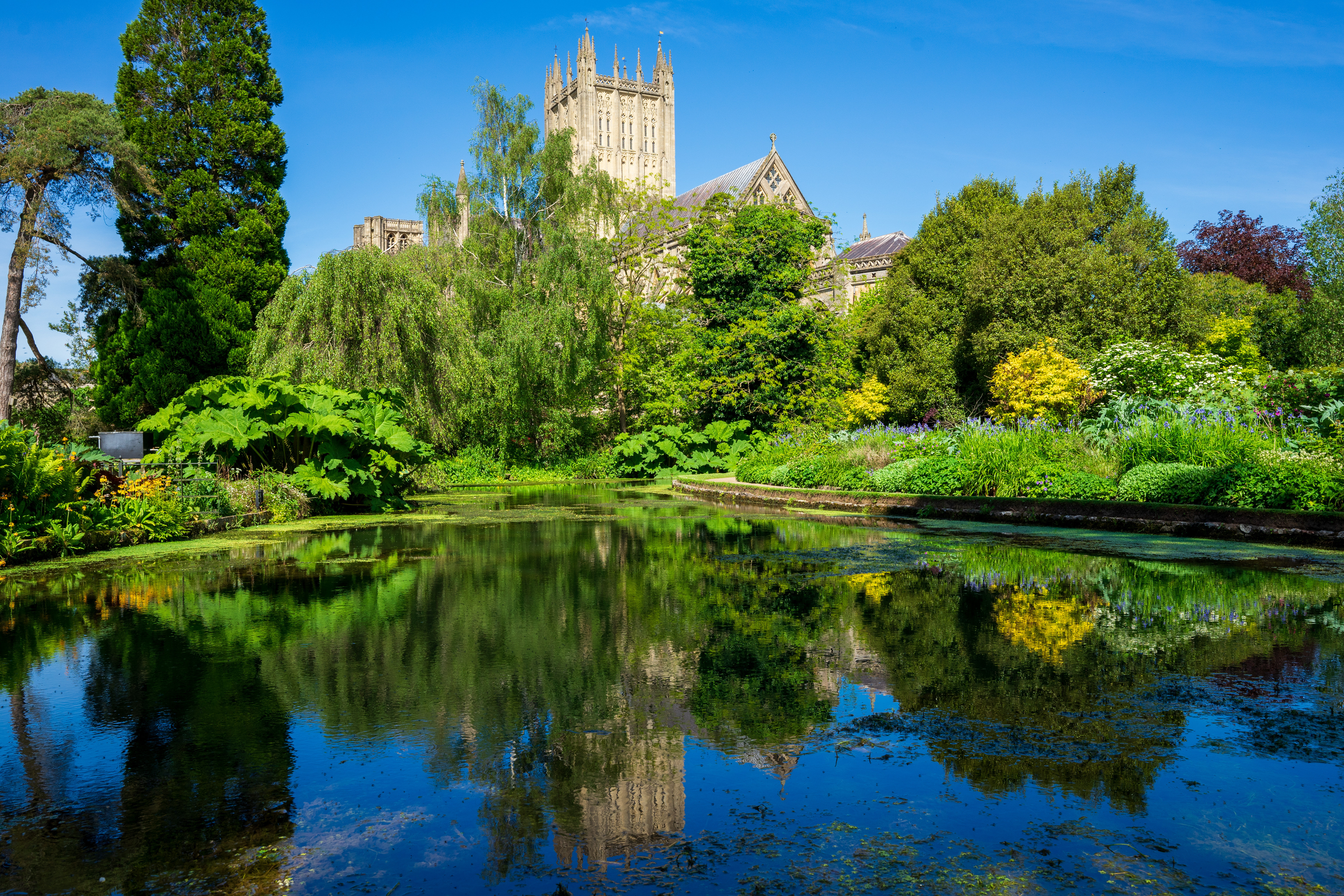



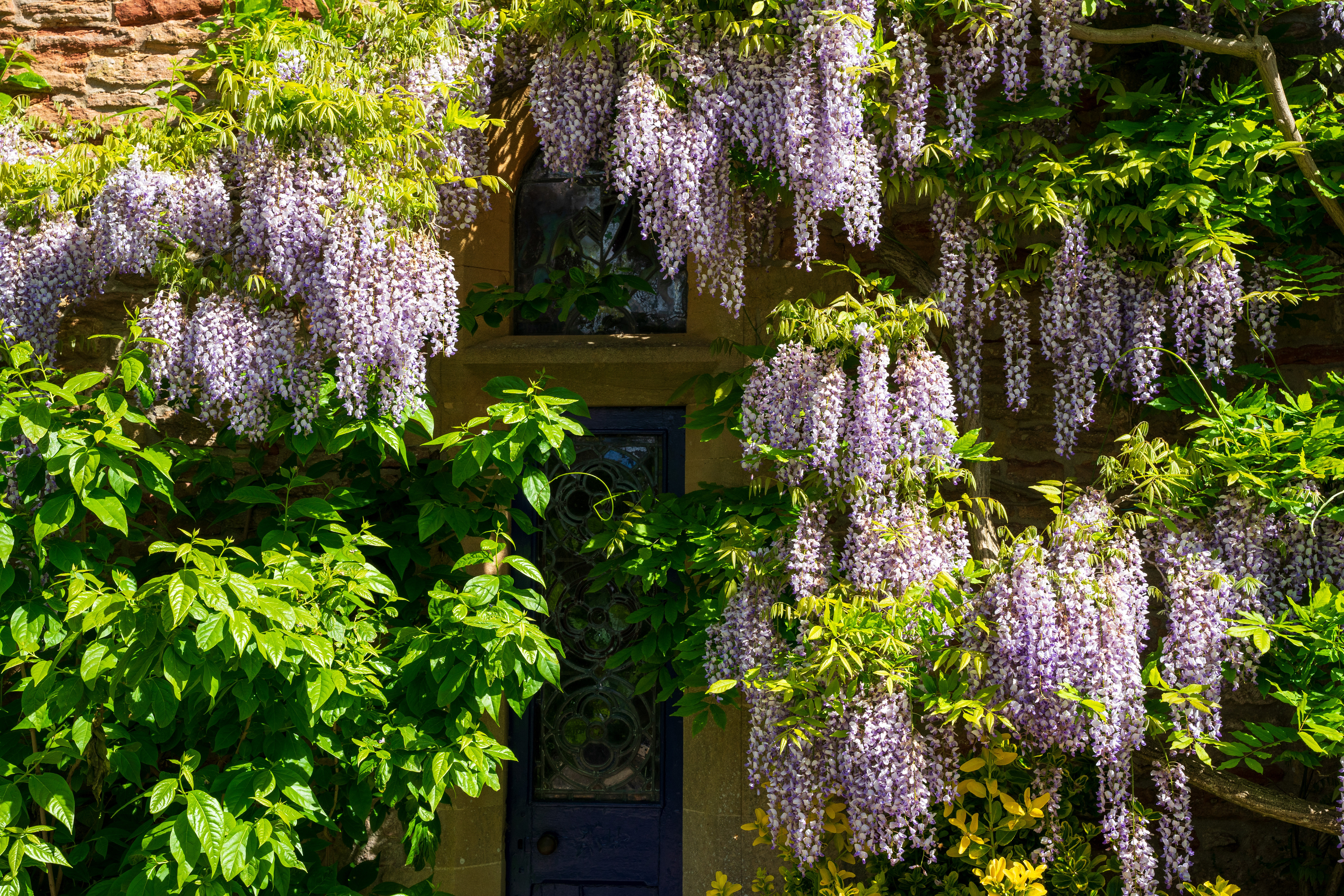


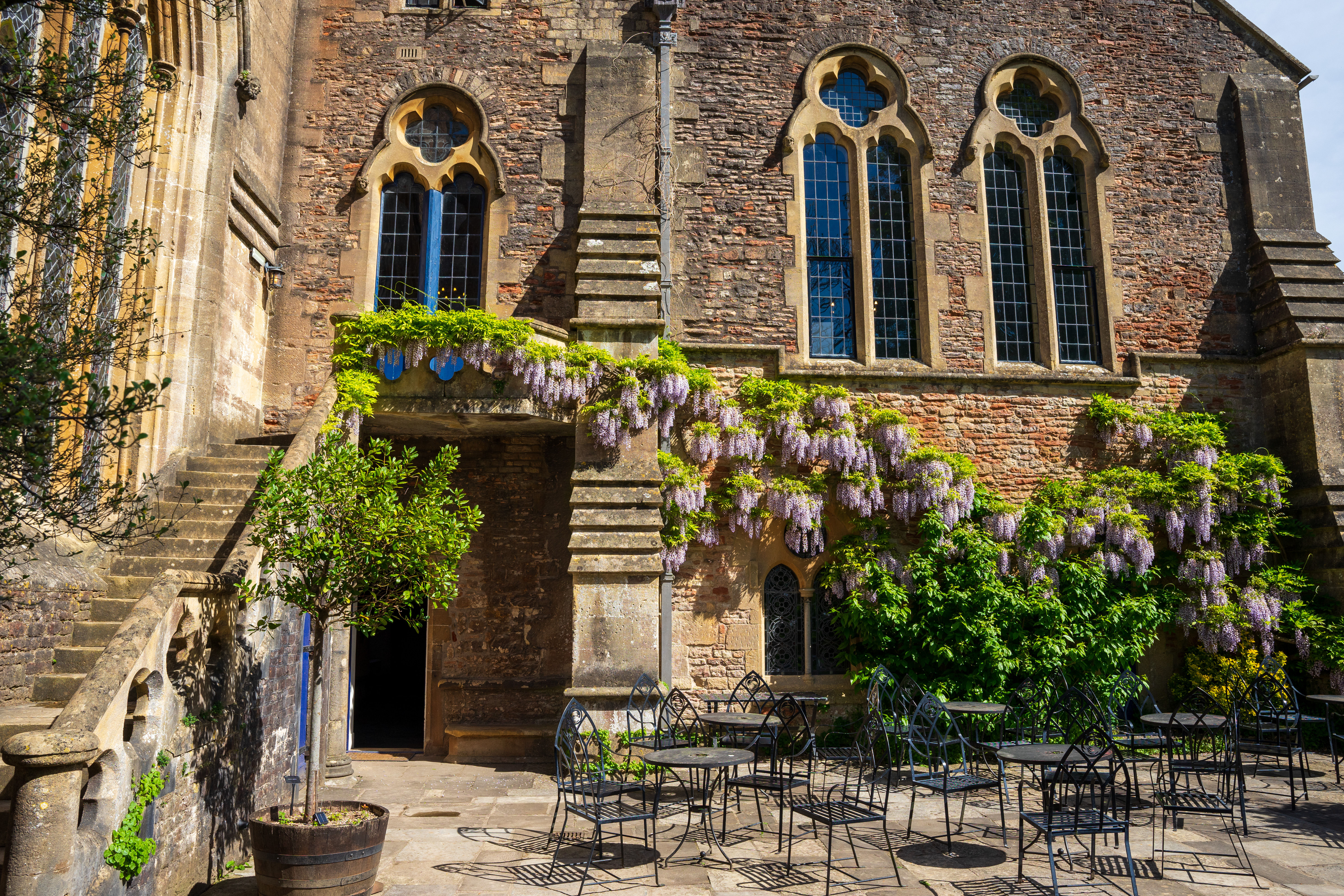






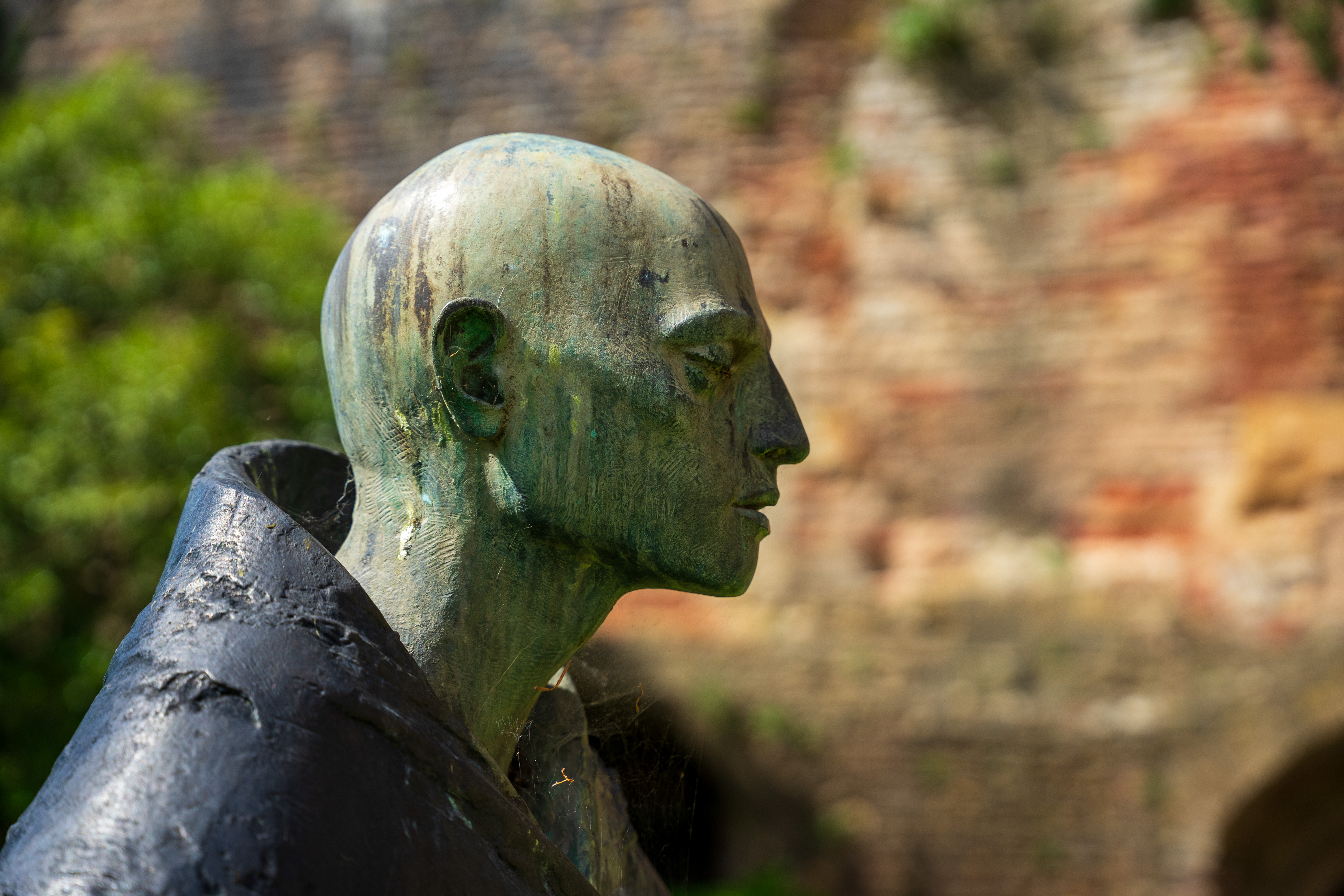

Sigma 24-70mm F2.8 DG DN II Art: Lab Results
We run a range of lab tests under controlled conditions, using the Imatest Master testing suite. Photos of test charts are taken across the range of apertures and zooms (where available), then analyzed for sharpness, distortion and chromatic aberrations.
We use Imatest SFR (spatial frequency response) charts and analysis software to plot lens resolution at the center of the image frame, corners and mid-point distances, across the range of aperture settings and, with zoom lenses, at four different focal lengths. The tests also measure distortion and color fringing (chromatic aberration).
Sharpness:
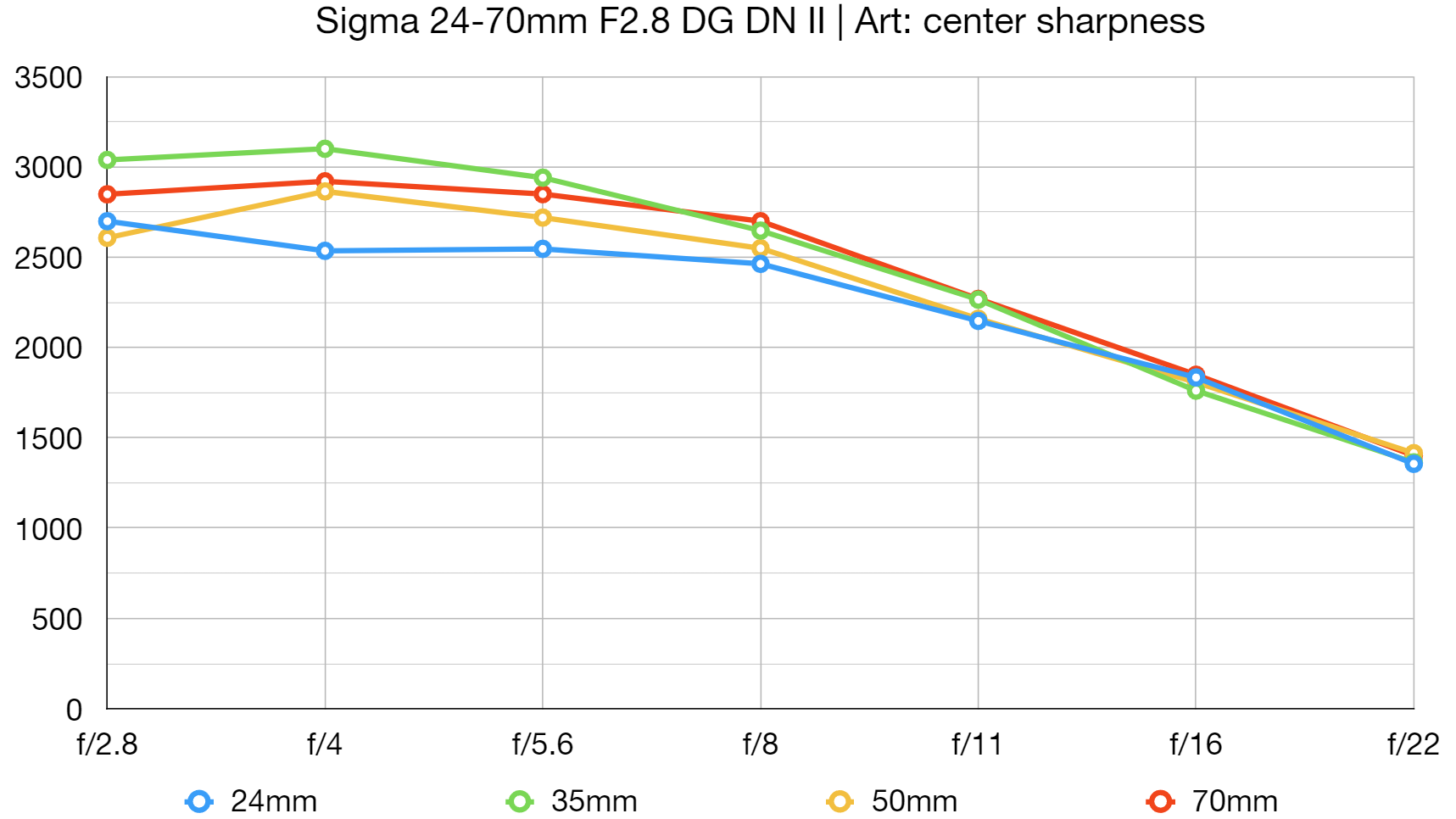
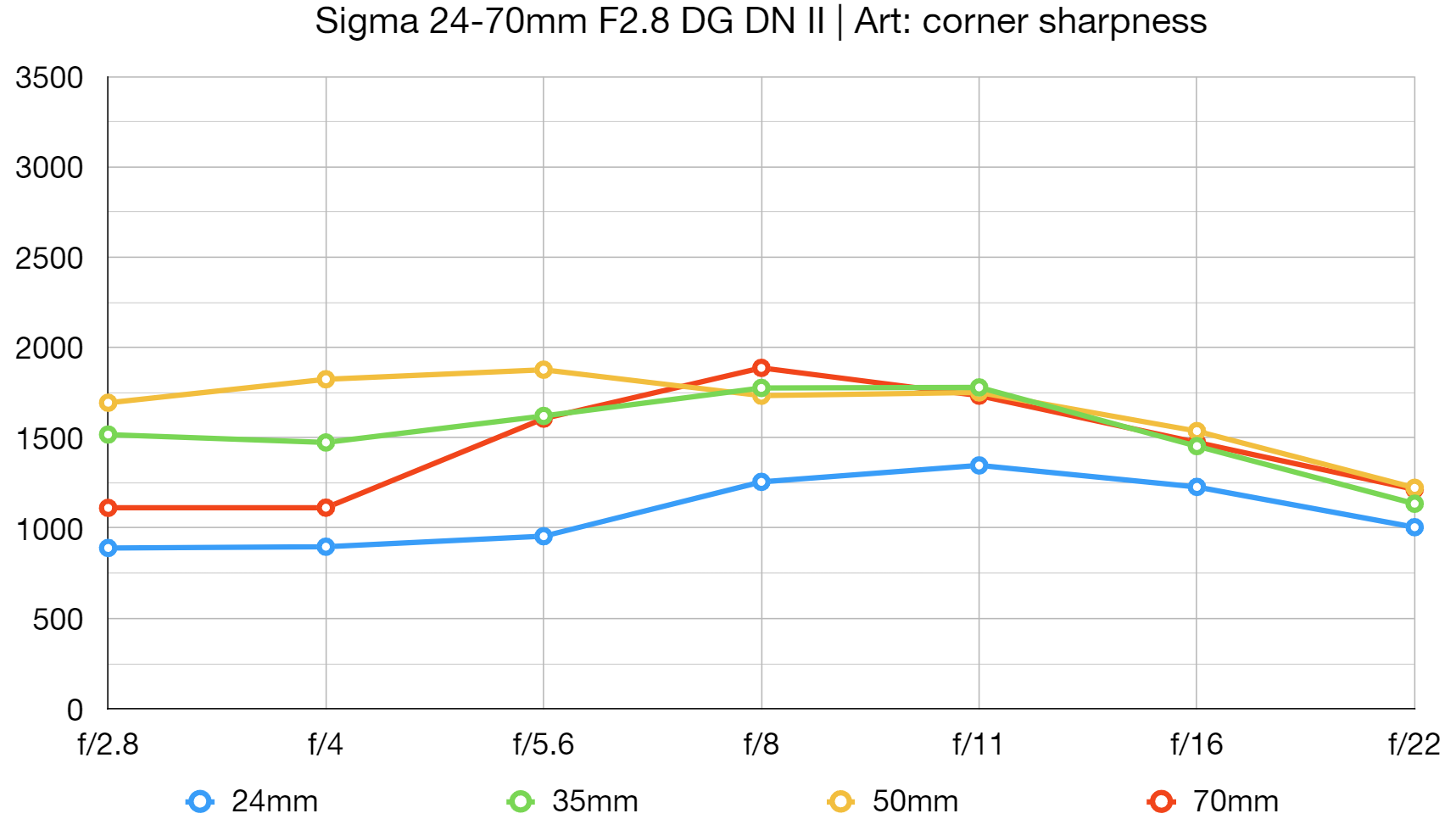
We'd be impressed at these center sharpness scores if they were from a prime lens. So considering they're from a zoom, the Sigma Mark II's performance is simply outstanding, even wide open, and at all focal lengths.
There’s room for slight improvement in extreme edge/corner sharpness when using wide apertures at both ends of the zoom range, but that's the only weakness in lens sharpness here.
Fringing:
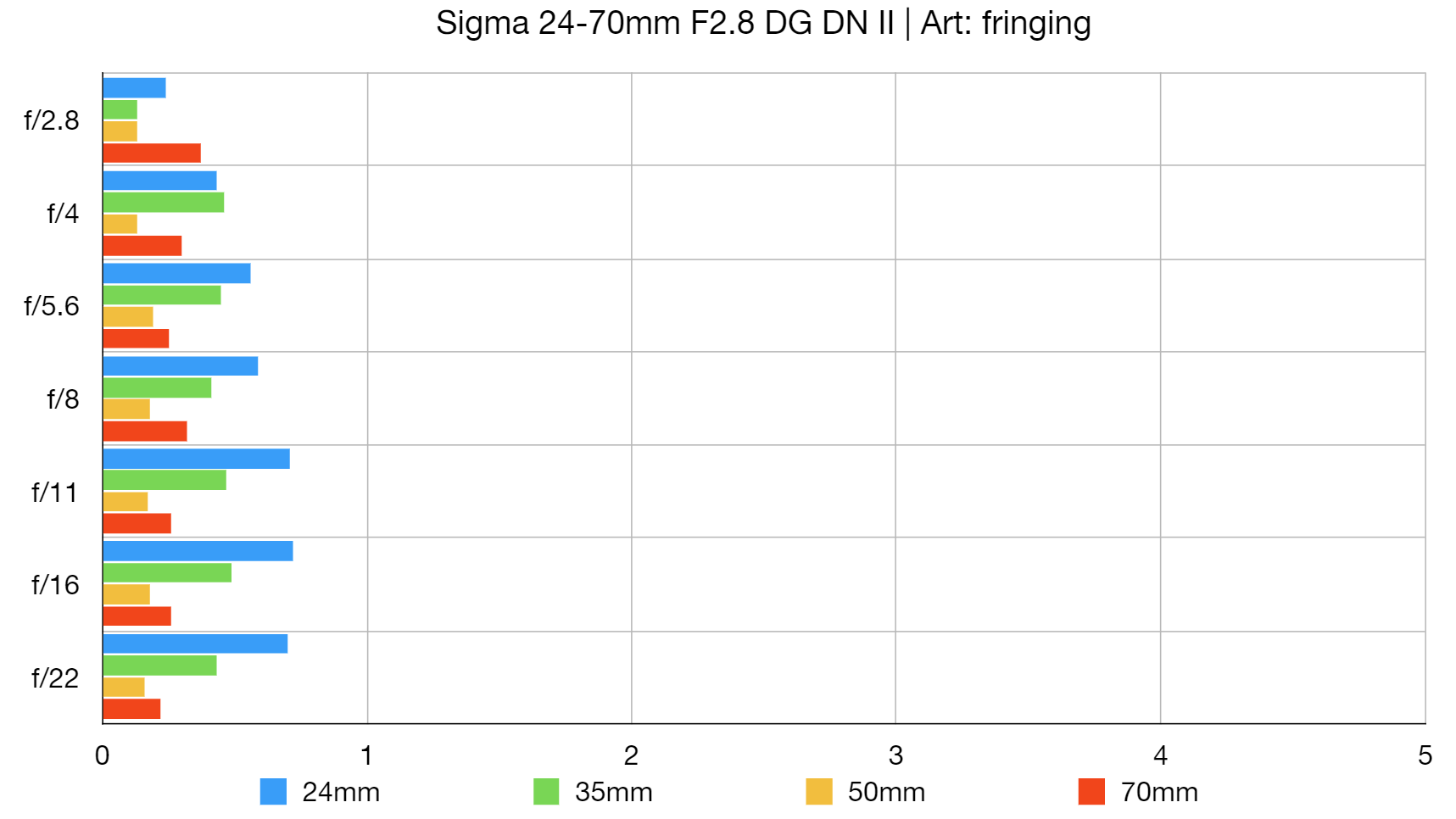
Color fringing can be marginally noticeable in the short half of the zoom range but it’s of a very low order and well within the remit of automatic in-camera correction.
Distortion:
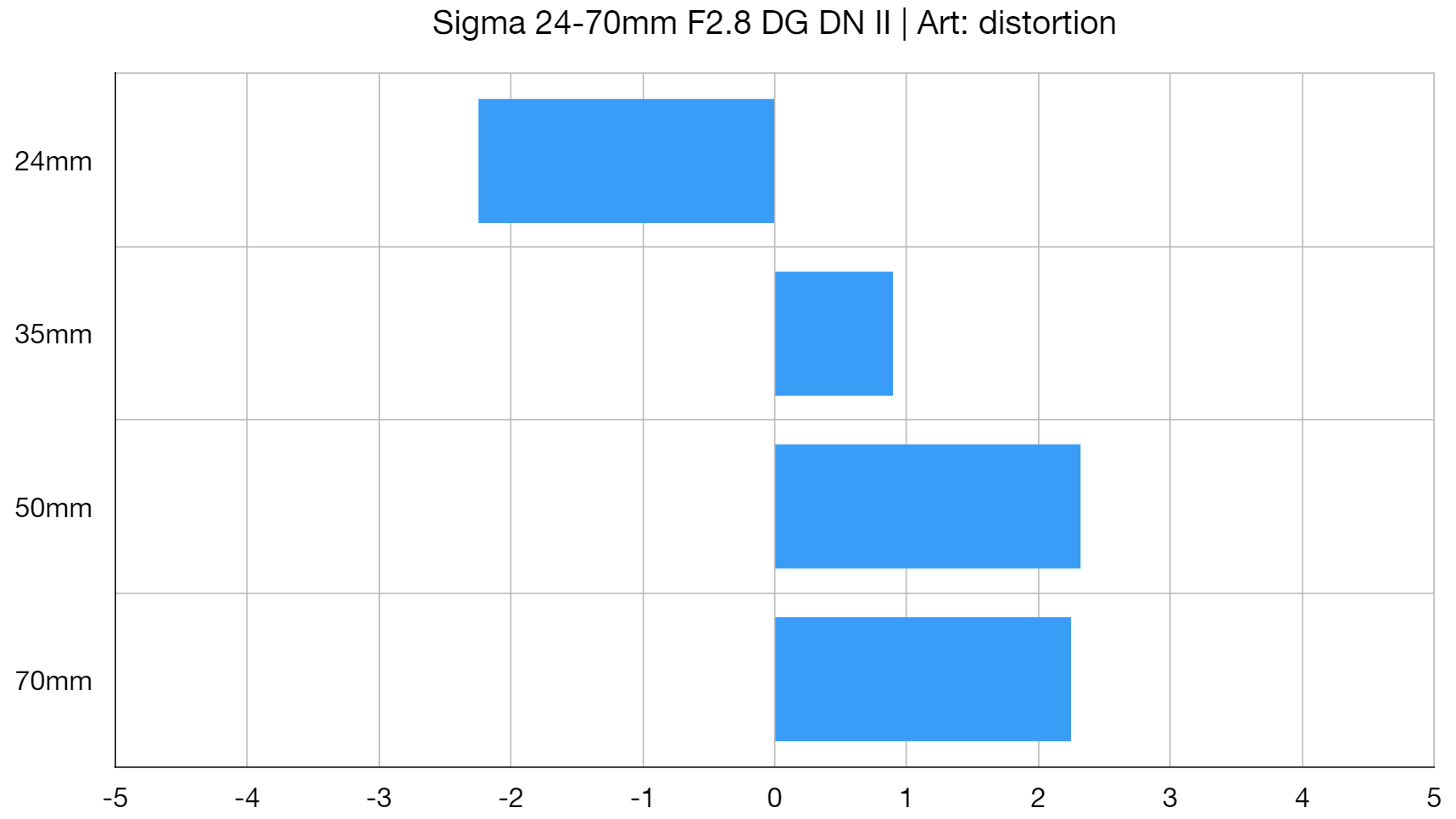
There’s some barrel distortion at 24mm, virtually no distortion around the 35mm mark, and pincushion distortion in the 50-70mm range. However, unlike many modern lenses for mirrorless cameras, the Sigma is entirely usable without relying on automatic in-camera correction.
Sigma 24-70mm F2.8 DG DN II Art: Verdict
The Sigma 24-70mm F2.8 DG DN II Art is simply a superb lens. I love its image quality and super-fast and consistently accurate autofocus. I’m equally impressed with the neat range of handling extras, with the likes of dual function buttons and an aperture ring with click/de-click options and a locking Auto position. It’s pretty compact and lightweight for a ‘trinity’ f/2.8 standard zoom and great value at the price. I just wish it was available in a wider range of mount options, but time will tell.
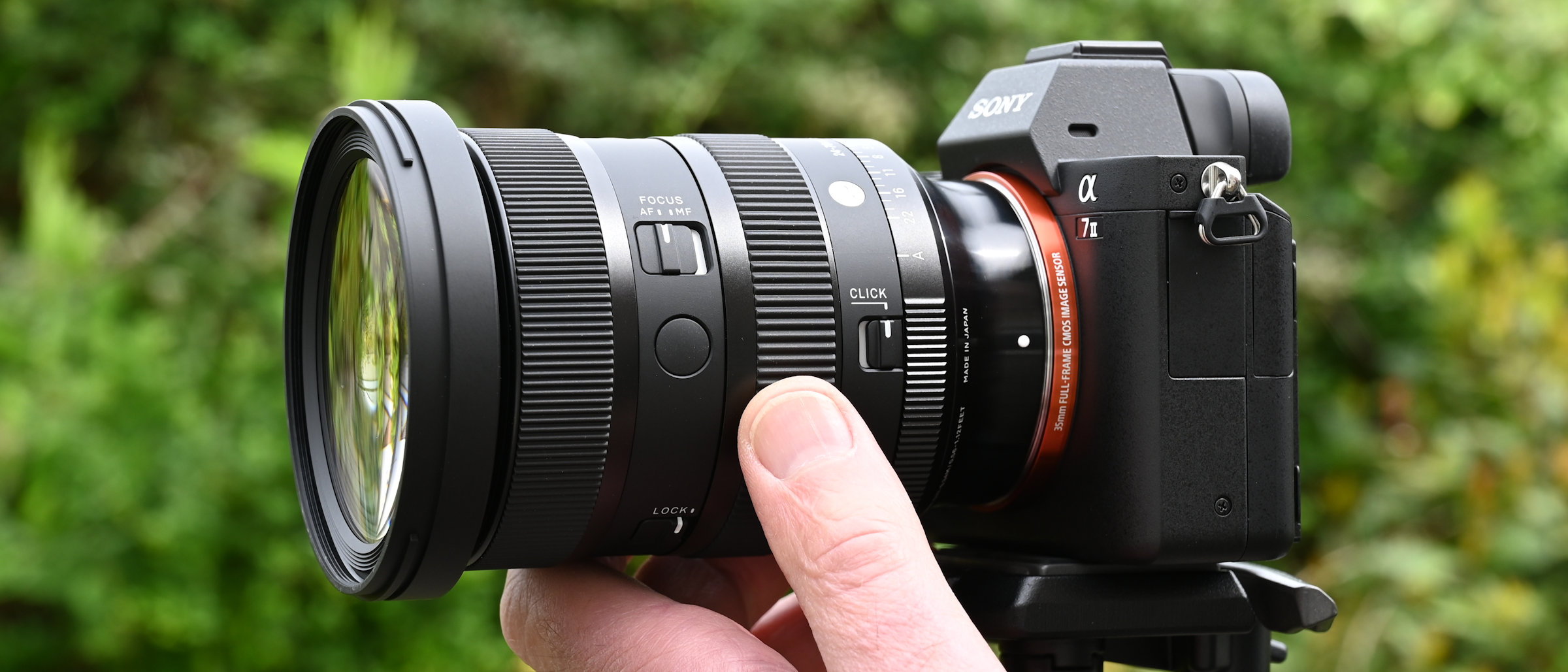
Should you buy the Sigma 24-70mm F2.8 DG DN II Art?
✅ Buy this...
- You want a high-performance ‘trinity’ standard zoom with great image quality and exotic handling characteristics.
- You’d like to save money by buying an independently designed and manufactured zoom, rather than forking out the extra for an own-brand lens.
🚫 Don't buy this...
- You’d prefer a smaller, more lightweight standard zoom, in which case a lens with an f/4 aperture rating might suit you better.
- You’re an early adopter of mirrorless cameras and you have one that doesn’t feature in-body image stabilization. The lens has no optical image stabilizer.




!["[T]he First and Fifth Amendments Require ICE to Provide Information About the Whereabouts of a Detained Person"](https://images.inkl.com/s3/publisher/cover/212/reason-cover.png?w=600)


